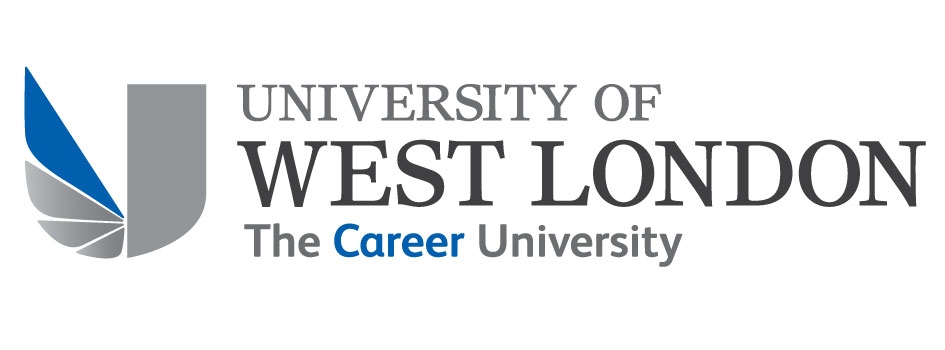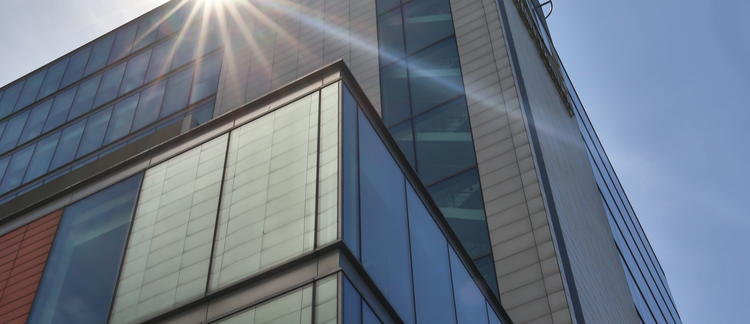Implementation of Building Information Modelling (BIM) to monitor and control Indoor Environmental Quality (IEQ) in higher education buildings
Mukhtar Maigari
School of Computing and Engineering
Supervisor:
Dr Charlie Fu
School of Computing and Engineering
Indoor environmental quality (IEQ) of education buildings, particularly HE buildings has been always an important issue in the built environment sector. This study was driven by the need to enhance student comfort and optimise learning environments especially following the COVID 19 pandemic. By following the principles of POE, various types of quantitative and qualitative data were collected including monitored and measured environmental data (temperature, humidity, CO2, illuminance etc), people’s perception gathered through questionnaire surveys and the interviews of the facility management to assess IEQ across various campus facilities. The environmental data revealed generally acceptable environmental conditions in most of the areas; however, the findings suggest that improvements can be made considering the importance of the comfort and health of the university populace. A significant challenge identified from this research is inability of the facility management to physically manage and operate the vast and complex spaces within HE buildings. This insight highlights the necessity for a more dynamic, responsive approach to facility and IEQ management. In response, the research is developing a BIM-based prototype designed to enable real-time monitoring and automated control of IEQ. The study significantly contributes to both theoretical and practical domains by extending BIM applications to dynamic IEQ control in HE buildings and offers significant implications for sustainability and occupant well-being. On the academic front, this research will generate publications which will help improve the current state of knowledge. This research will also make its impact on universities and the government HE strategies to rethink the teaching and learning environment in future, especially in the post COVID pandemic era.

